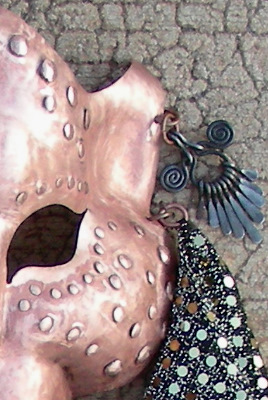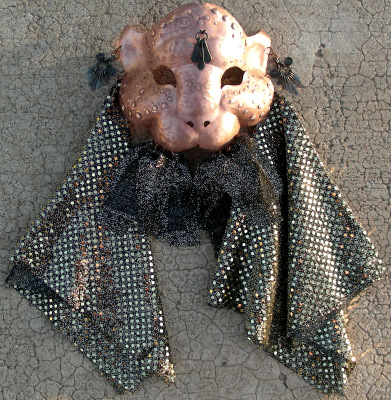Chiltepins
October 12, 2009
Well, I didn’t expect to take such a long break from the blog, but self-promotion hasn’t been a priority lately, and life has been alternately chaotic and lethargic, so I have several projects in the works but have not finished much.
We have a magical plant growing wild in our backyard. This is the Chiltepin, Capsicum annuum, the wild “Mother of Chiles” that is the ancestor of all cultivated chili peppers. It is one of the most sacred, mythical, and useful plants in the New World. Despite the scientific name, it is not an annual, but a delicate perennial shrub that usually grows in the shade of a “nurse tree” (in my case, an old and often-pruned pyracantha which also shades a couple of young desert hackberry trees). Although primarily a native of mountain forests in Mexico, the chiltepin does grow in a few widely scattered localities in Arizona, Texas, and the eastern U.S. The seeds do not germinate easily, which makes the plants difficult to cultivate and is probably one reason that they are so rare in the wild. The tiny white starlike flowers are followed by green oval fruits that are only about 1/4″ long. The ripe chiles are bright red and will dry naturally on the stems as the plant dies back for the winter (unless the birds eat them!) They are among the hottest chiles in the world (hotter than the habanero, which usually claims the “hottest pepper” title) but their fierce heat does not last long.
Half hidden under the stout pyracantha branches (heavy with their own berries, now turning orange), the wild chile sparkles in the morning sun. The shadows under the bright green leaves are deeper than any shade in the desert, as if the jewel-like berries adorn a mysterious window into the Sierra Madre.

Chiltepin




